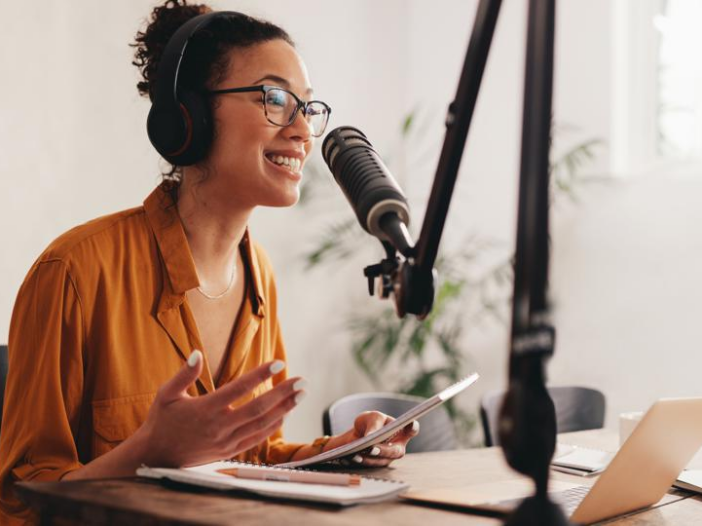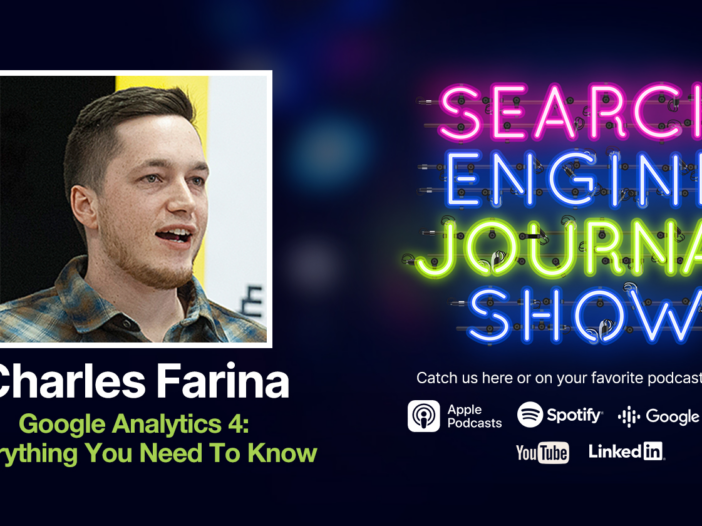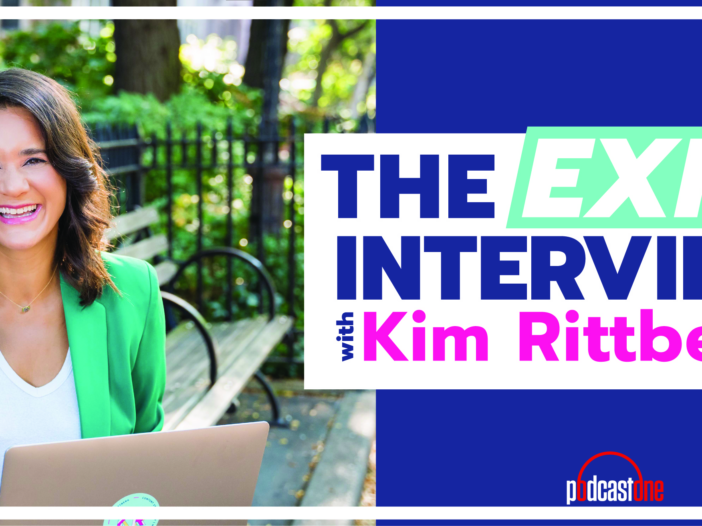Sometimes talking to your users is the best way to figure out why that pesky bounce rate is high. But how do you actually do that, especially if you’re on a budget?
In this episode of Search Off the Record, we’re learning all about user experience research (UXR) and how getting a better understanding of how your users interact with your website can help when you’re looking for ways to improve it. Tune in as Iva Barisic Hafner, a user experience researcher on the Google Shopping team, explains how to use UXR methods to get to the bottom of the “why” behind user behavior.
Resources:
Episode transcript → https://goo.gle/sotr085-transcript
Nielsen Norman Group → https://goo.gle/3YI3xrq
List of UXR methods → https://goo.gle/40sI6Ma
Iva on LinkedIn → https://goo.gle/3A7Te6E
Listen to more Search Off the Record → https://goo.gle/sotr-yt
Subscribe to Google Search Channel → https://goo.gle/SearchCentral
Search Off the Record is a podcast series that takes you behind the scenes of Google Search with the Search Relations team.




